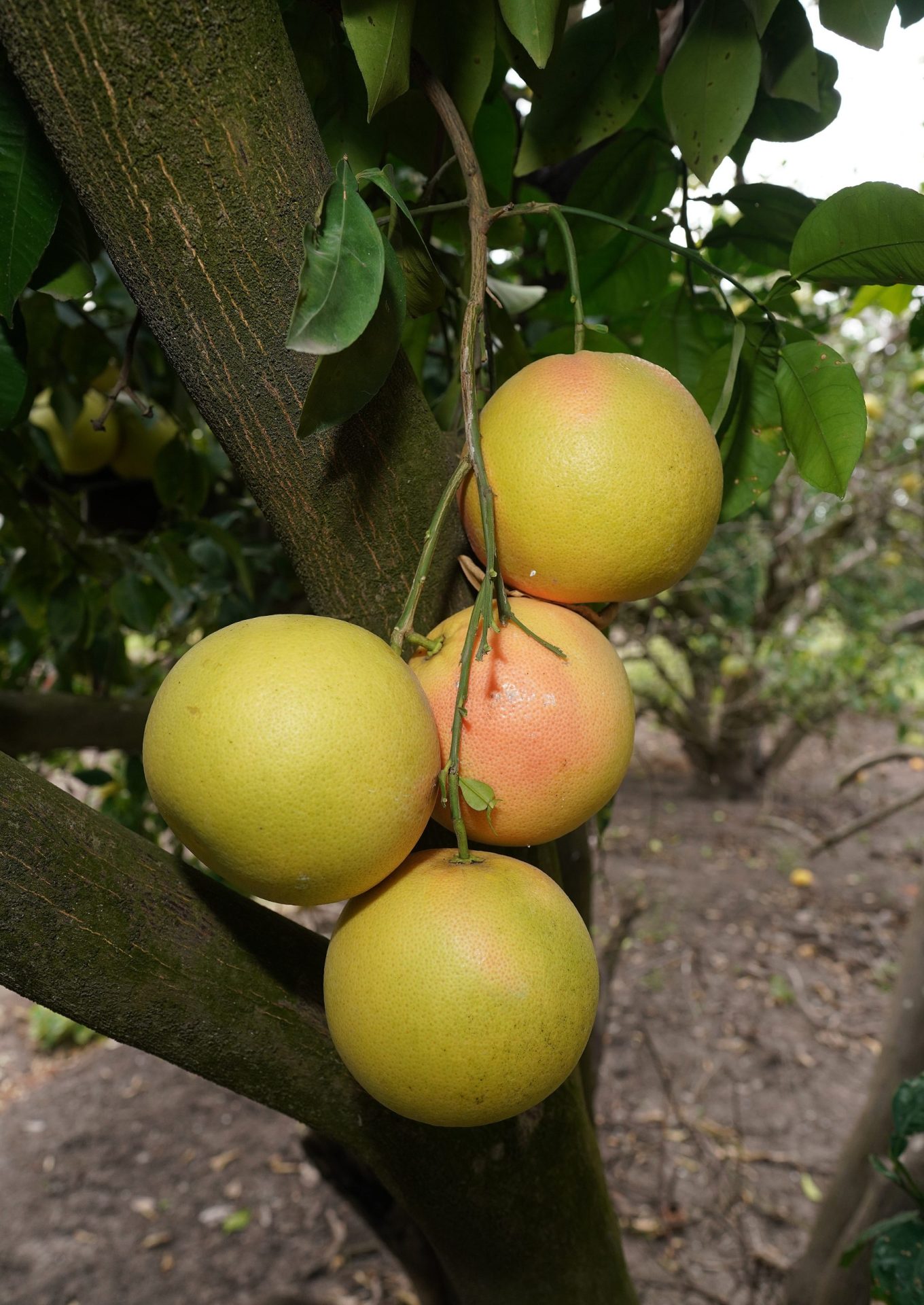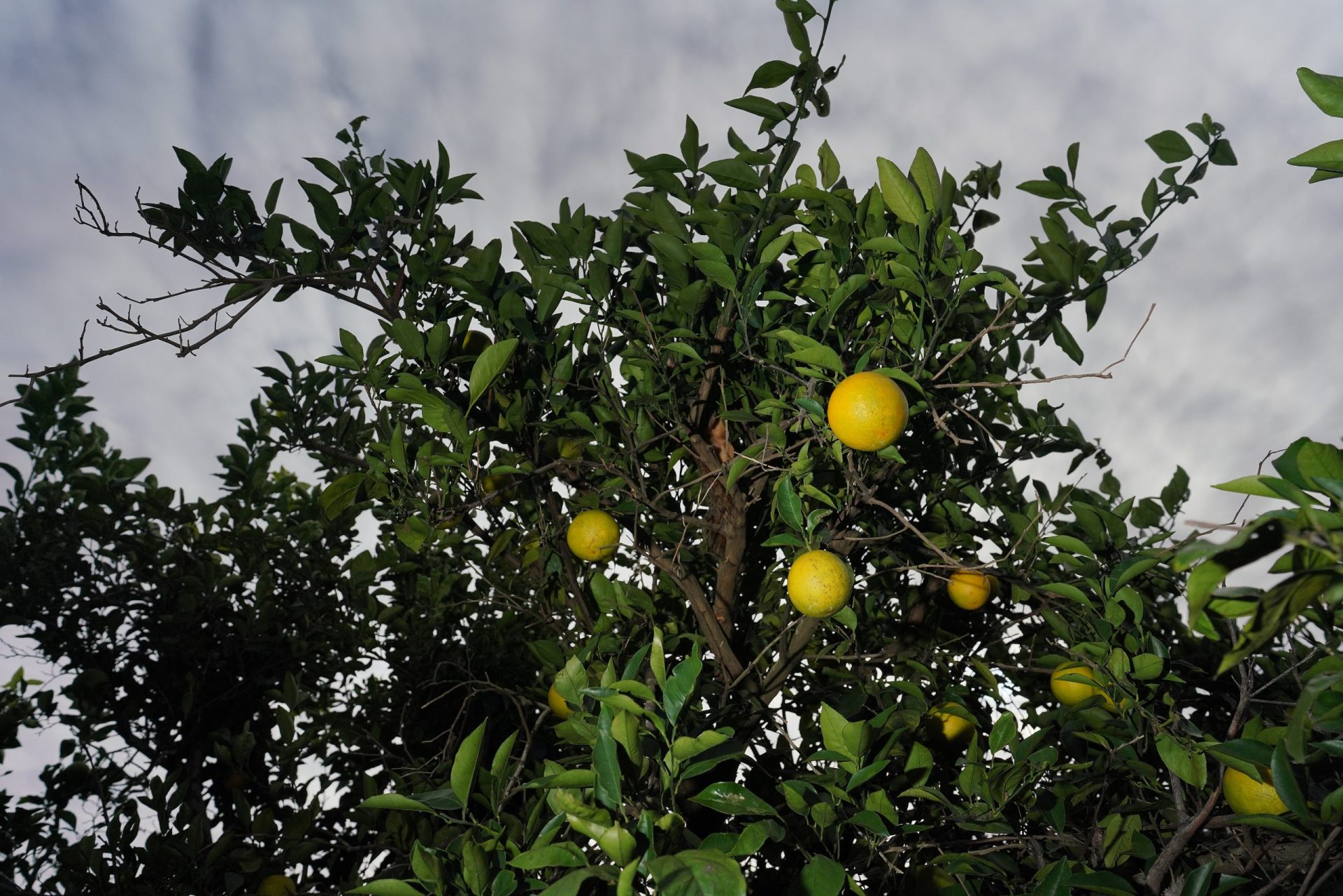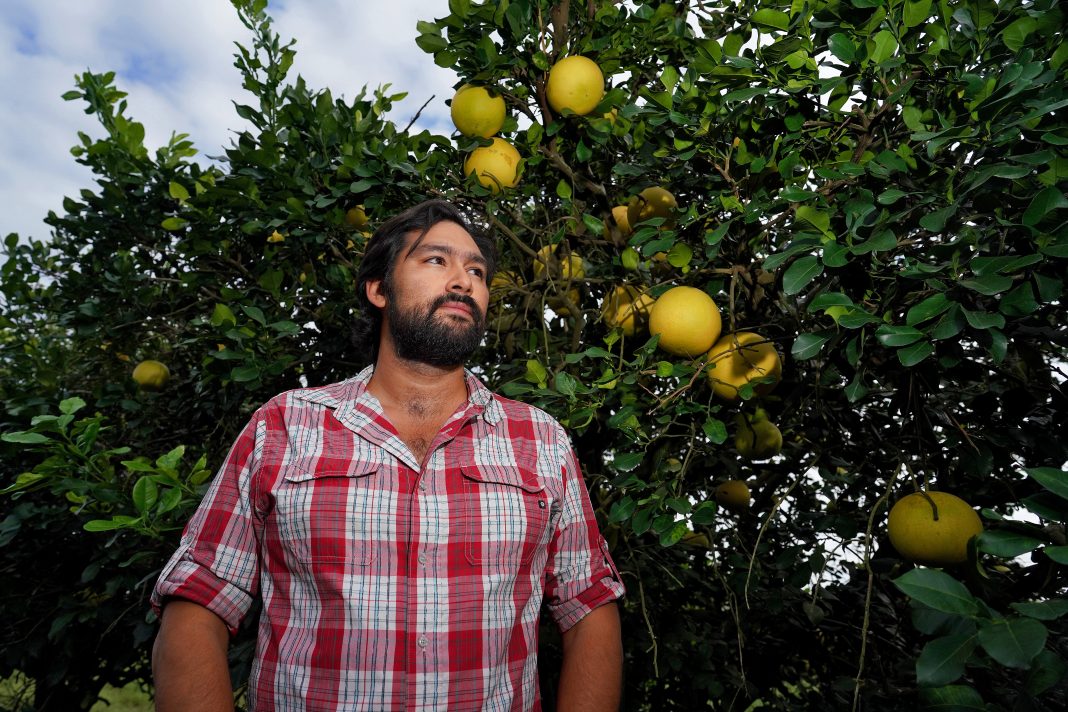Hurricane Ian didn’t do Florida’s citrus industry any favors, though it could benefit some citrus growers in the Rio Grande Valley, according to a Texas A&M citrus expert.
Ian made landfall west of Fort Meyers on Sept. 28 as a high-end Category 4 storm, dealing a devastating blow to the state’s agriculture industry, including citrus crops. David Laughlin, research assistant professor of Citrus Pathology and Outreach for the Texas A&M Kingsville University Citrus Center located in Weslaco, said it all comes down to the economic essentials of supply and demand.
“If their supply gets damaged, and I hate to say this, but you see it all over the produce world: It tends to mean good new for everybody else who’s producing the same product,” he said.
While Texas citrus is primarily grown to supply the fresh market and Florida citrus is mostly sold for juice, Valley growers may still benefit from the massive hit to the Sunshine State’s industry, Laughlin said.

“Typically if a farmer has fruit going to juice here in Texas, that’s usually considered a loss because of the low prices of juice,” he said. “Our (financial) inputs are higher. We manage for fresh, so if we don’t get fresh, it’s a loss. However, if the prices are affected because of what’s happened in Florida and they get higher, that means that growers that would probably otherwise be taking a loss may be able to get a higher price for juice than they would in normal years. That’s what we hope to see.”
If what’s bad for Florida farmers turns out to be good for Texas farmers in this case, well, that’s just business, Laughlin said.
“I was talking to a friend of mine (who) used to be a farmer in Florida,” he said. “He said, ‘Every winter we’d pray that it would freeze in Texas.’ That’s just how it is. Back in that day there was a lot more produce in Texas, especially tomatoes and that sort of thing. All the tomato farmers in Florida just crossed their fingers and hoped for a freeze in Texas.”
Valley citrus growers are still recovering from some devastation of their own compliments of the February 2021 winter storm. Major freezes in 1983 and 1989 crippled the South Texas citrus industry, reducing its citrus acreage by roughly half.
Today the Valley has about 23,000 acres of citrus, grapefruit usually accounting for roughly 70%, though things are skewed a little more toward oranges right due to the most recent freeze, Laughlin said.
The 2021 freeze knocked back production 70% or so depending on the orchard and where it was located, he said.
“Some locations fared better than others and certain varieties fared better than others,” Laughlin said.

Also, relatively few trees died down to the ground, with the exception of lemon and lime trees, he said.
“Most of those died,” Laughlin said. “But grapefruits and oranges, most of those lived, though a lot of them died back. And farmers that had not managed to get the fruit off the tree pretty much just lost the crop.”
He estimated that the Valley industry has rebounded more than half way from the freeze, though Laughlin said he won’t have hard numbers until harvest wraps up next year.
Harvest season is long — from late October to around April — due to the different varieties of citrus being grown and their various ripening schedules.
“We’re hoping that next season we’ll be back up to our normal numbers,” Laughlin said.





